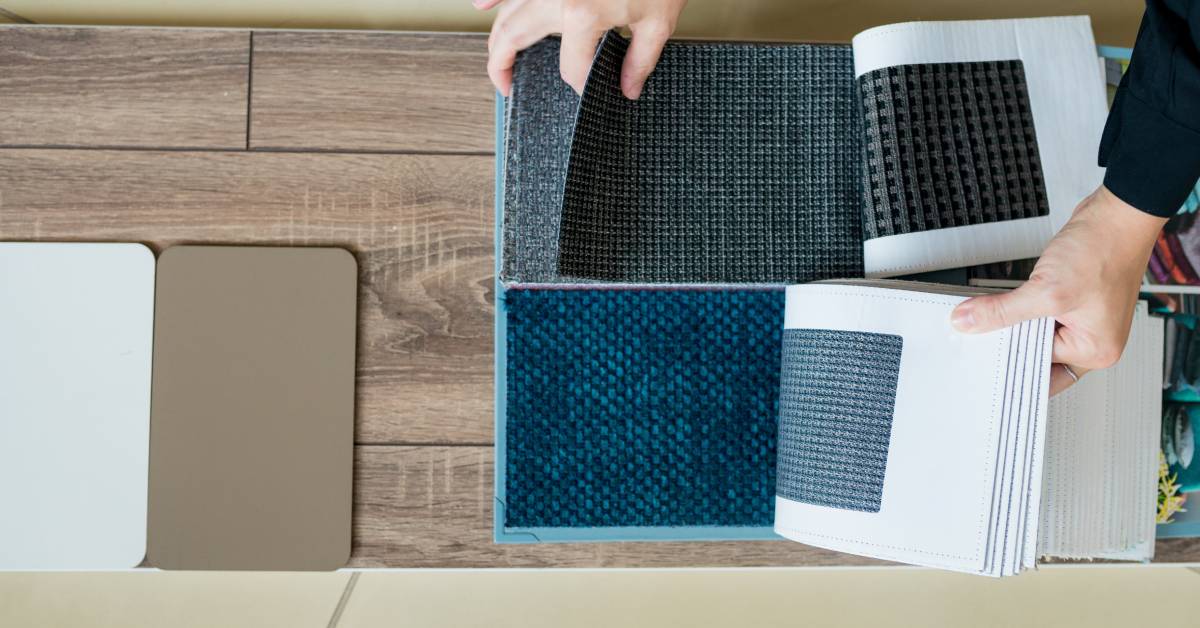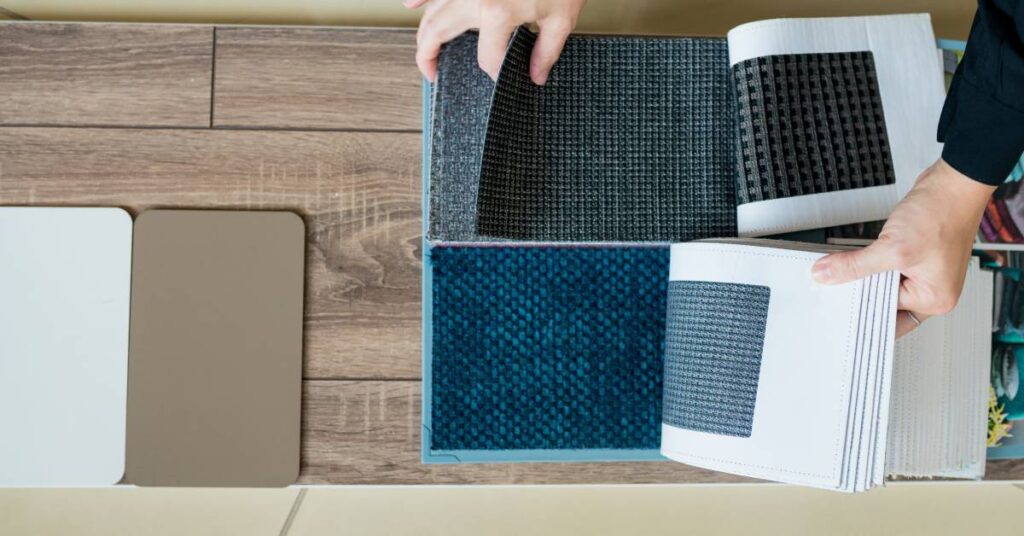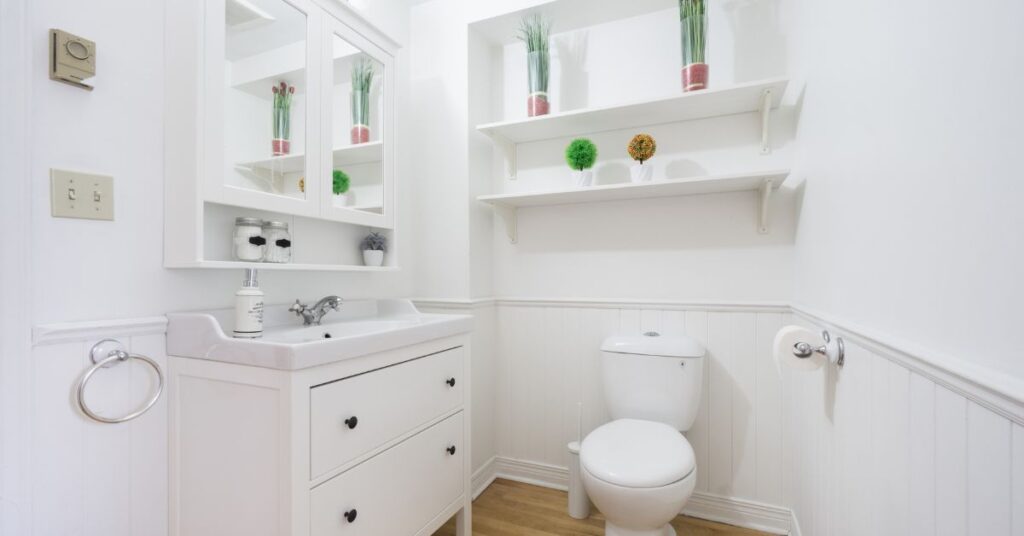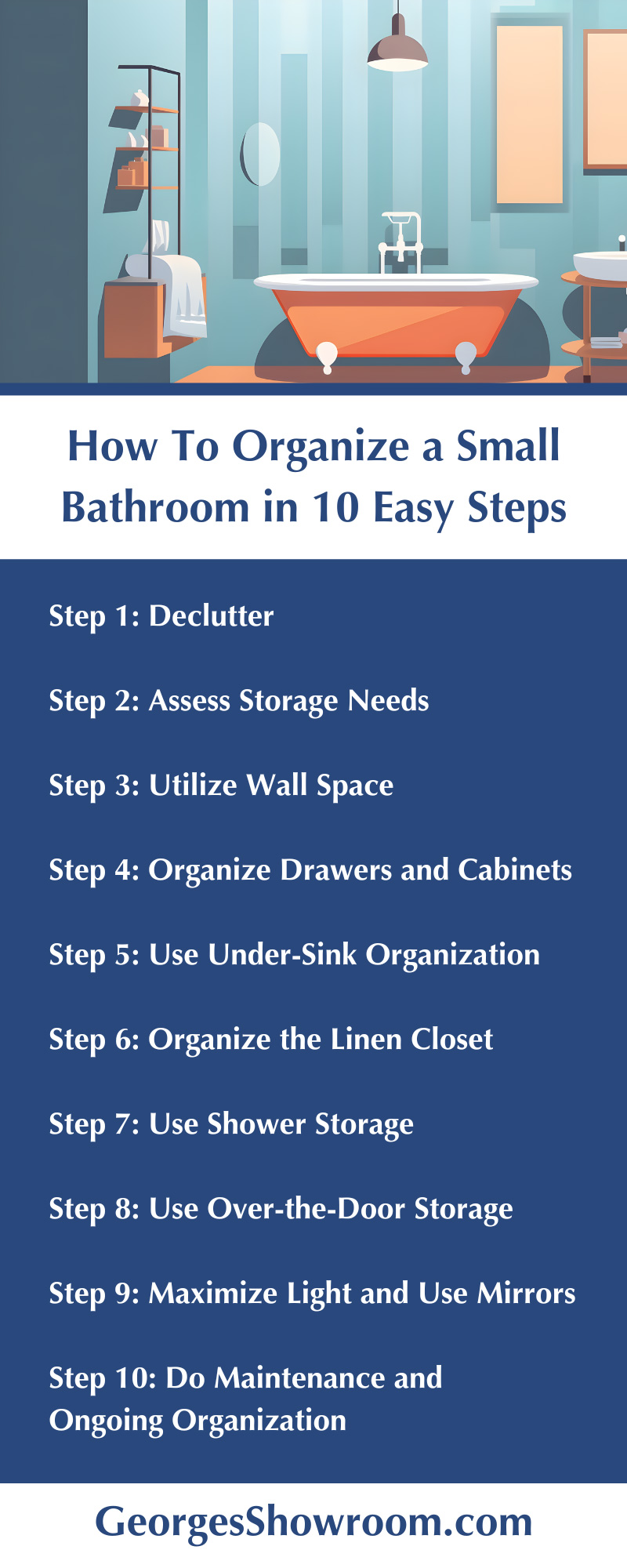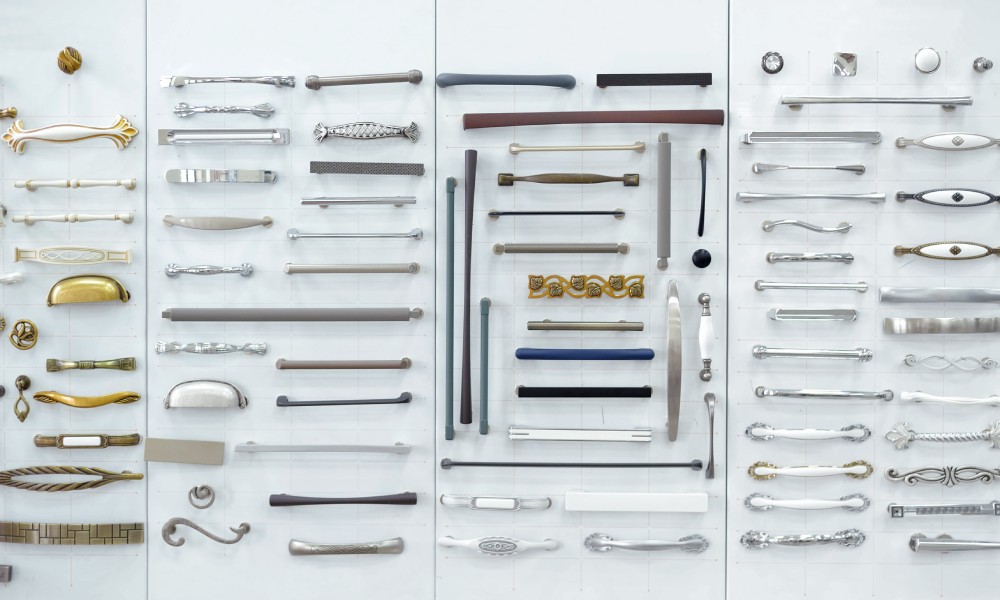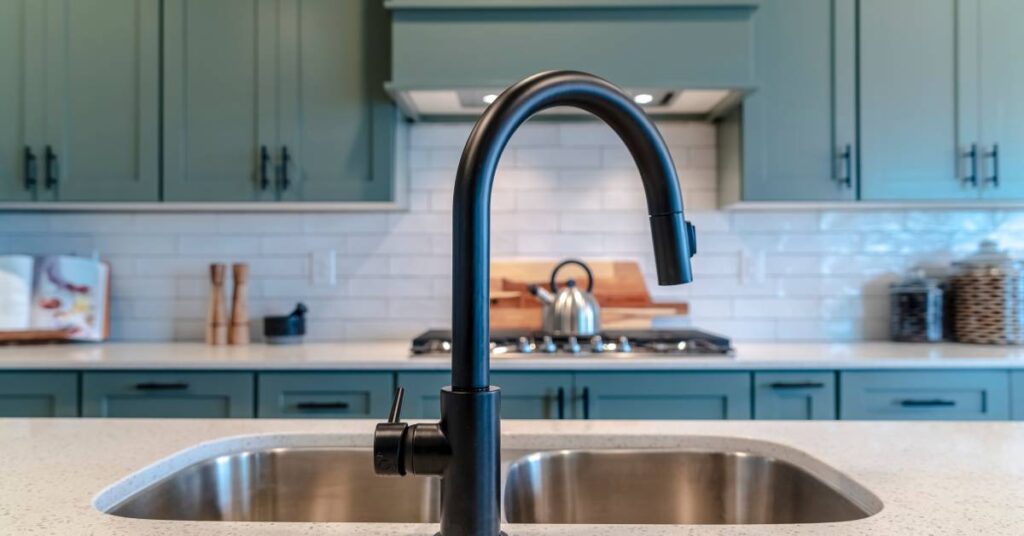
Are you tired of dealing with leaky faucets or low water pressure? Maintaining your faucet might seem daunting, but it’s essential for ensuring that your plumbing runs smoothly and efficiently.
To help keep your faucet in stellar shape, we’re here to walk you through everything you need to know about maintaining your faucet, from basic cleaning to more advanced troubleshooting. By the end of this post, you’ll have all the knowledge you need to keep your faucet working perfectly for years to come.
The Importance of Faucet Maintenance
Faucets are among the most frequently used fixtures in any home. Over time, they can wear out, leading to leaks, decreased water pressure, and other issues. Regular maintenance helps prevent these problems, saving you money on water bills and potential repairs.
By neglecting maintenance, you put your water pressure at risk. This can manifest from mineral buildup or other obstructions. Regularly cleaning your faucet’s aerator and other parts ensures optimal water flow and performance, keeping everything efficient and preventing costly problems.
Extending Faucet Lifespan
A well-maintained faucet can last for many years. By taking the time to care for your faucet, you’re investing in the longevity and efficiency of your home’s plumbing system. This can also save you time and money in the long run by avoiding expensive repairs or replacements.
Basic Faucet Cleaning
Maintaining your faucet doesn’t have to be a complicated process. Simple regular cleaning and minor adjustments can make a world of difference. Here are a few basic ways to keep your faucet squeaky clean:
Daily Wipe-Down
You can wipe down your faucet with a soft cloth daily. This helps remove water spots, soap residue, and fingerprints that can build up over time. A quick wipe-down can keep your faucet looking shiny and new.
Weekly Deep Clean
Once a week, give your faucet a deeper clean. Use a mild soap and water mixture to remove any grime or buildup. Be sure to pay extra attention to the nooks and crannies where dirt can accumulate.
Mineral Buildup Removal
Mineral buildup from hard water can affect your faucet’s performance. To remove it, soak a cloth in vinegar and wrap it around the affected area for a few hours. The vinegar will help dissolve the minerals, making them easier to scrub away.
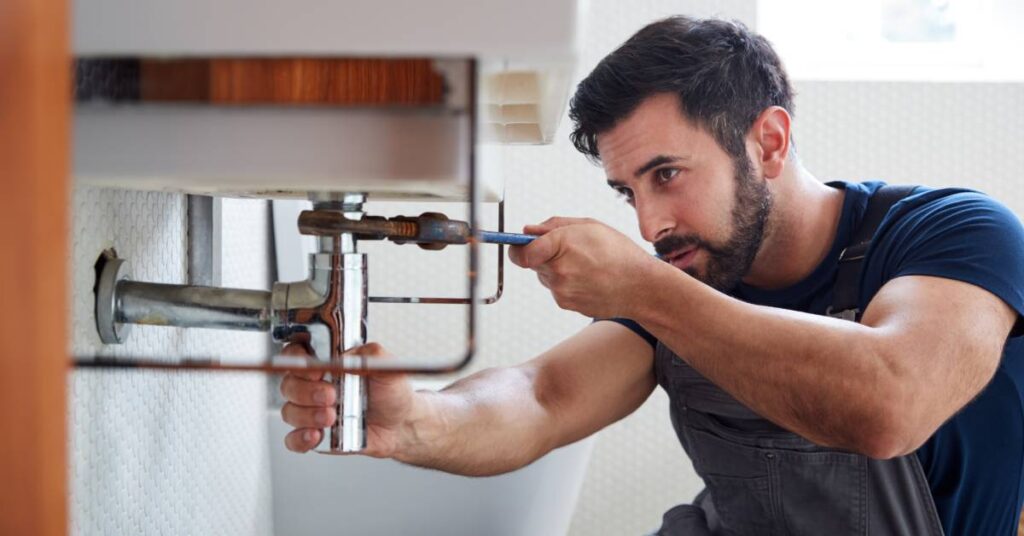
Remember To Check for Leaks
Regularly inspecting your faucet for leaks is crucial. You can start by looking over the base where it connects to the sink. A leak is likely present if you notice any pooling water or dampness. Next, turn on the faucet and observe the handles for drips. If water is escaping, you may need to replace the O-rings or tighten the connections.
Additionally, monitor your water bill for any sudden increases, as this could indicate a hidden leak in your faucet or plumbing. Addressing leaks promptly can save you money and prevent further damage.
Maintain Your Faucet Components
Your faucet consists of several components that require regular maintenance. Here’s what you need to know:
Cleaning the Aerator
The aerator is the small screen at the end of your faucet’s spout. It can become clogged with mineral deposits and debris, affecting water flow. To troubleshoot this, remove the aerator and soak it in vinegar to dissolve any grime. Once soaked off, rinse it thoroughly before reattaching it.
Replacing Washers and O-Rings
Washers and O-rings are small rubber components that can wear out over time. If your faucet is leaking, these parts may need replacements. Consult your faucet’s manual to find the correct sizes and types of washers and O-rings for your model.
Lubricating Moving Parts
Apply a small amount of plumber’s grease to keep your faucet’s handles and other moving parts operating smoothly. This will help reduce friction and prevent wear and tear.
Advanced Troubleshooting for Bigger Issues
If your faucet is still causing issues after basic care, it’s time to bring out the big tools. Advanced troubleshooting may be required if you’re experiencing more severe problems with your faucet. Here’s what to look for:
Addressing Low Water Pressure
Various factors, including clogged pipes or a malfunctioning pressure regulator, can cause low water pressure. If cleaning the aerator doesn’t resolve the issue, you may need to consult a professional plumber.
Fixing Dripping Faucets
A worn-out cartridge or valve seat often causes a dripping faucet. Replacing these components can be a bit more complex, but it’s a task that many homeowners can handle with the right tools and instructions.
Dealing With Noisy Faucets
If your faucet is making strange noises, it could be due to pipe air or a loose component. To resolve the issue, tighten any loose parts and bleed the air from your plumbing system.
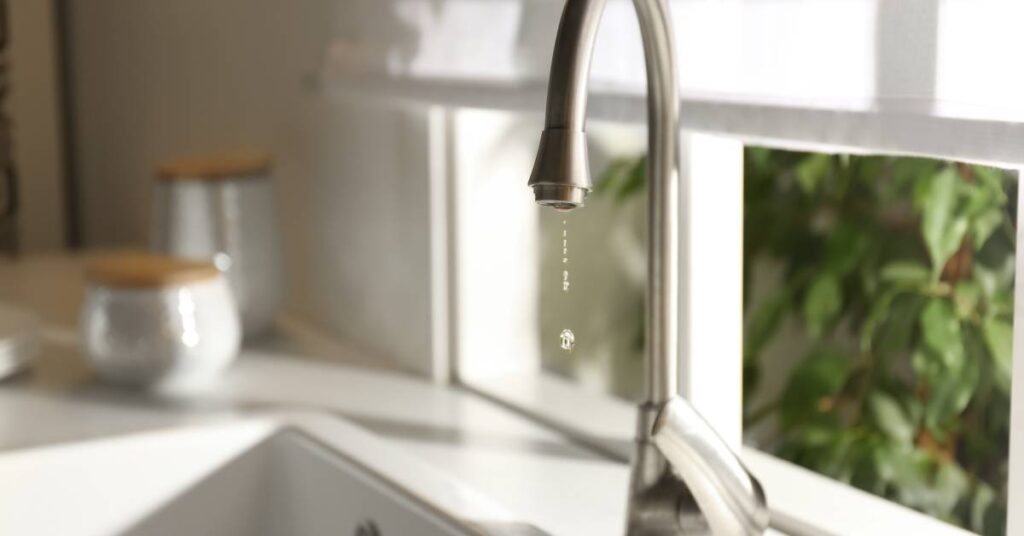
Choosing the Right Faucet
When it’s time to replace your faucet, choosing the right one can significantly impact your home’s plumbing. Faucets come in various styles and finishes, from sleek modern designs to classic options. Select a faucet that matches your home’s look and meets your needs. A high-quality faucet with durable materials, such as brass or stainless steel, will resist corrosion and wear. It’ll last for years.
Check for Features
Modern faucets have various features, such as pull-out sprayers, touchless operation, and water-saving technology. Consider which features are most important to you, and look for a faucet that offers them.
The Key to Long-Term Maintenance
Consistency is the cornerstone of long-term faucet maintenance. Establishing and sticking to a routine ensures your faucet remains in optimal working condition. Regular upkeep prevents minor issues from escalating into significant problems, saving you time and money. Here are some key points to remember for effective long-term maintenance:
• Schedule regular cleanings and inspections. • Keep an eye out for any changes in water flow or pressure. • Address minor issues promptly to prevent them from becoming more extensive and costly repairs. • Don’t hesitate to consult a professional if you’re unsure about maintenance tasks.Keep Your Faucet in Tip-Top Shape
Maintaining your faucet is essential for optimal performance and longevity. By understanding everything you need to know about maintaining your faucet, you can keep it in top shape and avoid leaks and low water pressure.
Whether you handle maintenance or hire a professional, regular care will maximize your home’s plumbing system. For expert advice and quality products, visit George’s Showroom and explore our California Faucets collection. Here’s to a drip-free, efficient, and long-lasting faucet!

